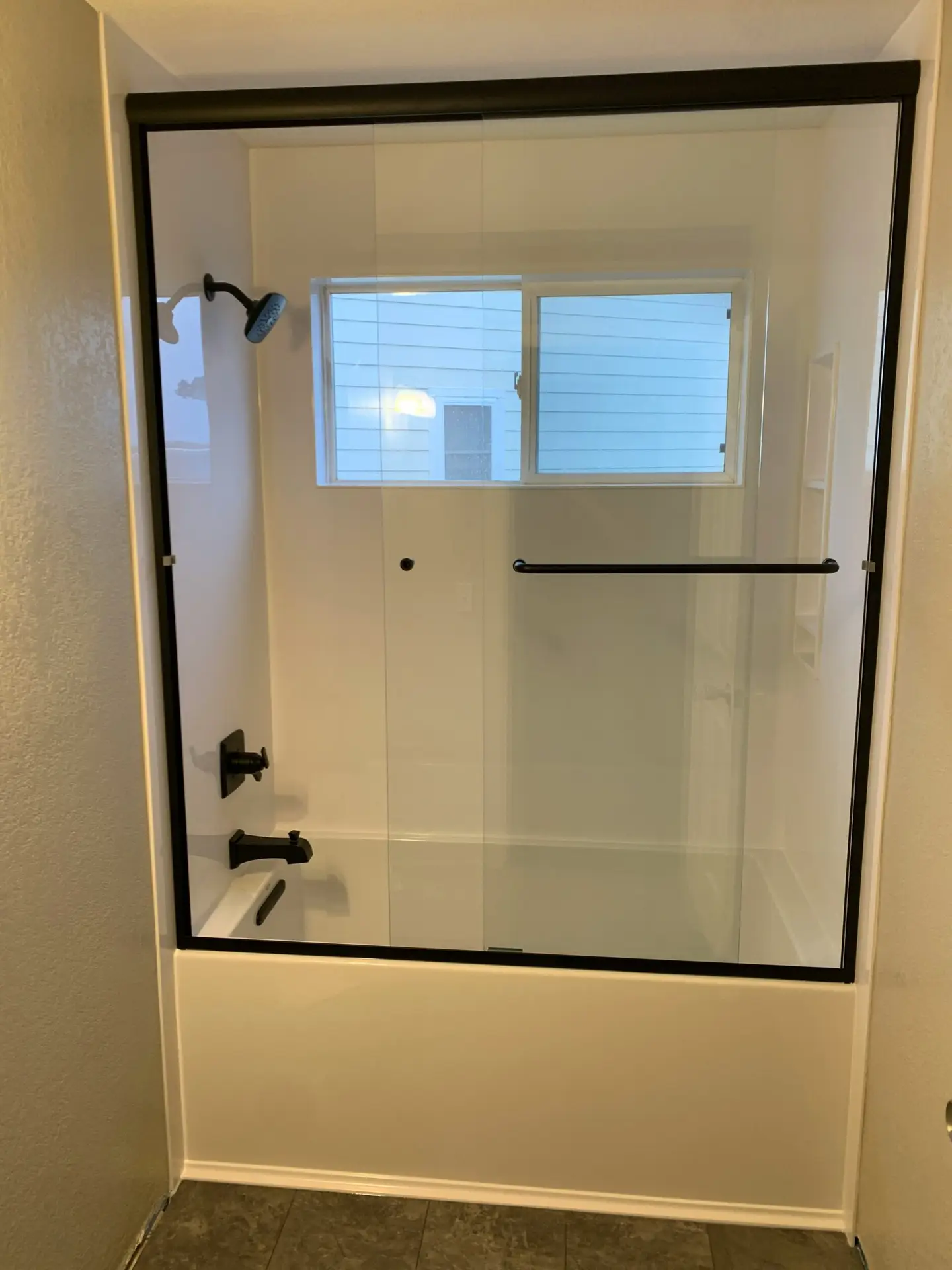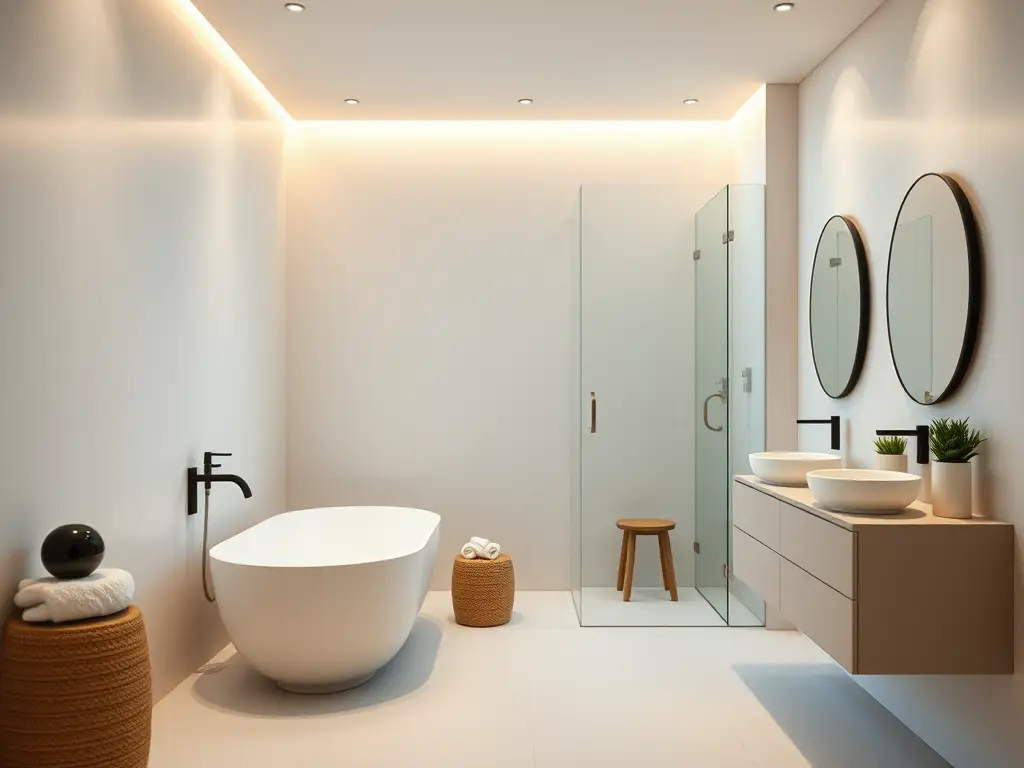Understanding Smart Home Technology
Smart home technology refers to a range of devices and systems that enhance the automation, connectivity, and efficiency of residential environments. This technology enables homeowners to control various aspects of their homes through user-friendly interfaces, such as smartphones, tablets, or voice-activated devices. At its core, smart home technology is designed to improve everyday living by creating a seamless interaction between various elements of the home.
One fundamental aspect of smart home systems is their ability to connect multiple devices within a single network. By utilizing Wi-Fi, Bluetooth, or other communication protocols, these devices can communicate with each other and respond to user commands. This interconnectedness allows for greater flexibility in managing home operations, including but not limited to lighting, heating, and security. As such, homeowners can easily program settings to optimize energy use or enhance security measures, contributing to a more efficient and secure living environment.
Smart lighting systems exemplify how technology can transform ordinary living spaces. Homeowners can adjust brightness levels, set schedules, or change color schemes with a simple tap on their mobile devices. Similarly, smart thermostats provide convenient temperature control, learning homeowner preferences over time to optimize heating and cooling schedules. Furthermore, advanced security systems featuring smart locks and cameras offer real-time monitoring and alerts, which can be critical for enhancing safety and peace of mind.
Incorporating smart technology into your renovation plans not only elevates convenience but also enhances the value of your property. As smart home solutions grow increasingly prevalent in modern homes, their significance is underscored by the benefits they offer. These upgrades present an opportunity to create a more efficient, secure, and enjoyable living space, fundamentally redefining how we interact with our homes.
Key Smart Home Upgrades for Renovation Projects
As homeowners embark on renovation projects, incorporating smart home technology can significantly enhance comfort, security, and efficiency. One of the most impactful upgrades is a smart lighting system equipped with adaptive controls. These systems can adjust to the time of day, occupancy, or even individual preferences, allowing for optimal ambiance while also conserving energy. For instance, homeowners can install smart bulbs that respond to voice commands or smartphone apps, providing both convenience and customized lighting experiences.
Another essential upgrade is the installation of smart thermostats, which are designed to learn your heating and cooling preferences over time. By analyzing patterns in usage, these thermostats can automatically adjust settings to ensure maximum comfort while reducing energy consumption. A notable example is the Nest Learning Thermostat, which provides insights into energy usage and can be controlled remotely via a smartphone, making it an ideal choice for those pursuing energy-efficient renovation options.
Security is a paramount concern during renovations, and automated security systems with remote monitoring capabilities can provide peace of mind. Homeowners can integrate smart cameras, motion detectors, and smart locks into their renovation plans. For instance, a system like Ring allows for real-time surveillance, notifications, and control from any location. This level of security not only protects the home during the renovation process but also contributes to long-term safety after project completion.
Lastly, transforming the home entertainment environment with smart technologies can enhance the overall living experience. A multi-room audio system, such as Sonos, integrates seamlessly with various smart devices and allows users to enjoy music or media throughout the home effortlessly. Such entertainment systems can be programmed to respond to voice commands or mobile applications, adding a layer of convenience and elevating daily routines.
These smart home upgrades not only facilitate efficiency but also significantly improve the quality of life for homeowners. Implementing these technologies during renovation offers long-term benefits that make the investment worthwhile.
Integrating Smart Technology into Your Renovation Design
Incorporating smart technology into your home renovation requires careful planning and design to ensure that the upgrades are seamlessly integrated within the overall architecture. Collaborating with contractors and designers early in the process is essential to achieve a functional yet aesthetically pleasing outcome. The first step is to discuss the types of smart home features you want to include, such as automated lighting, security systems, or climate control. This communication will allow your team to plan accordingly and create a cohesive design that incorporates these technological advancements without compromising the structure.
When planning for the integration of smart technology, selecting the appropriate wiring is crucial. Standard wiring may not suffice for more advanced systems that demand higher bandwidth or additional capabilities. Ensure your contractor is familiar with the specific requirements of the devices you intend to install. This foresight will prevent potential issues and enable reliable connections between devices, ensuring that your smart home operates efficiently.
The positioning of smart devices is another key factor. For instance, sensors and cameras should be strategically placed to maximize their effectiveness while also maintaining a visually appealing layout. It is important to consider sightlines and accessibility when determining where these components will reside. Balancing technology with aesthetics not only preserves the home’s design but enhances the living experience within your new space.
Furthermore, future-proofing your renovation is essential in the fast-evolving landscape of smart home technology. Opt for systems that are compatible with emerging innovations and consider upgrades as part of your plan. This approach not only safeguards your investment but ensures longevity in your renovations. By selecting adaptable and upgradeable technology, you can embrace new advancements while maintaining the classic design elements that define your home. Such careful consideration will create an environment that marries cutting-edge technology with timeless appeal.
Navigating Challenges and Considerations
Upgrading to a smart home during your renovation brings numerous advantages, but it also introduces a range of challenges and considerations that homeowners must navigate. One significant concern is compatibility among various smart devices. The smart home ecosystem is diverse, with numerous brands and protocols available, making it imperative to ensure that all chosen devices can communicate seamlessly with one another. Researching product specifications and compatibility before making purchases can alleviate many integration issues, allowing for a smoother renovation process.
Another critical aspect to consider is cybersecurity. As smart home devices connect to the internet, they can become potential targets for cyber threats. Homeowners need to prioritize security by employing strong, unique passwords, enabling two-factor authentication, and regularly updating device firmware. Additionally, investing in reputable brands with robust security measures is advisable, as this can significantly reduce vulnerabilities associated with smart technology upgrades.
Ongoing maintenance is yet another important consideration. Smart home devices, much like traditional systems, require periodic maintenance to ensure optimal performance. Homeowners should be prepared to stay informed about software updates and necessary troubleshooting processes. Establishing a routine for checking device functionality can enhance the longevity of the system, contributing to a more efficient smart home environment.
Privacy concerns also frequently arise with the implementation of smart technology. Homeowners may worry about data collection and potential misuse of their information. It is important to choose devices and platforms that are transparent about their privacy policies and offer settings to customize data sharing preferences. Employing best practices such as using a guest network for devices, regularly reviewing app permissions, and being mindful of what information is shared can help mitigate risks while still enjoying the enhancements a smart home provides.





